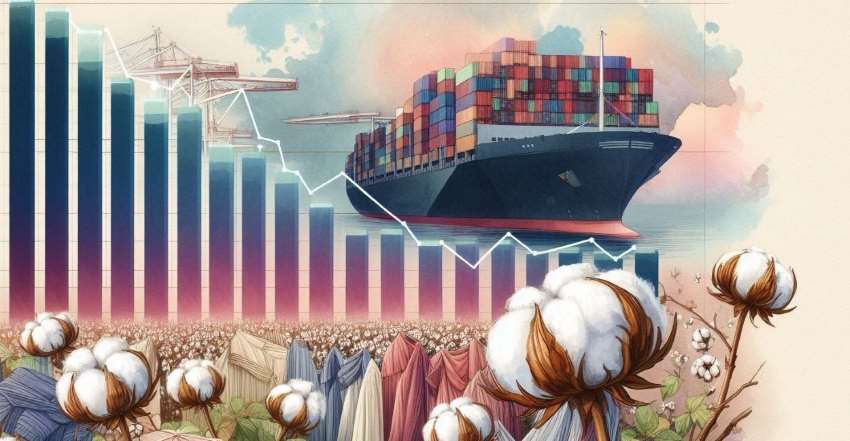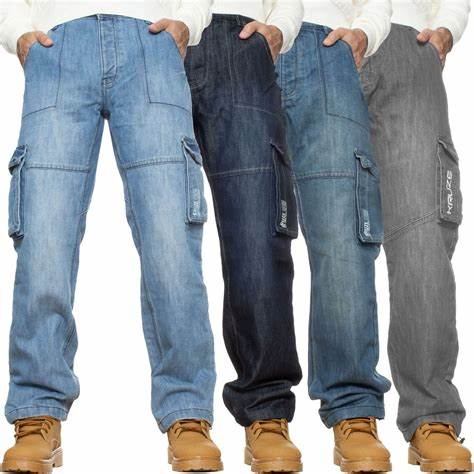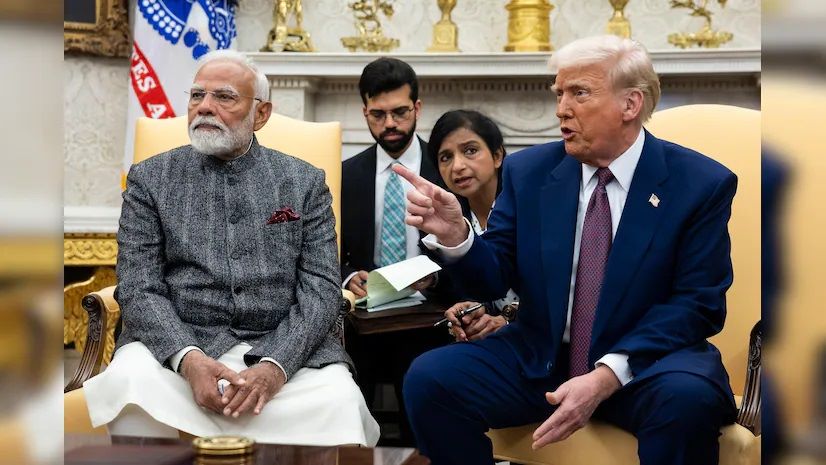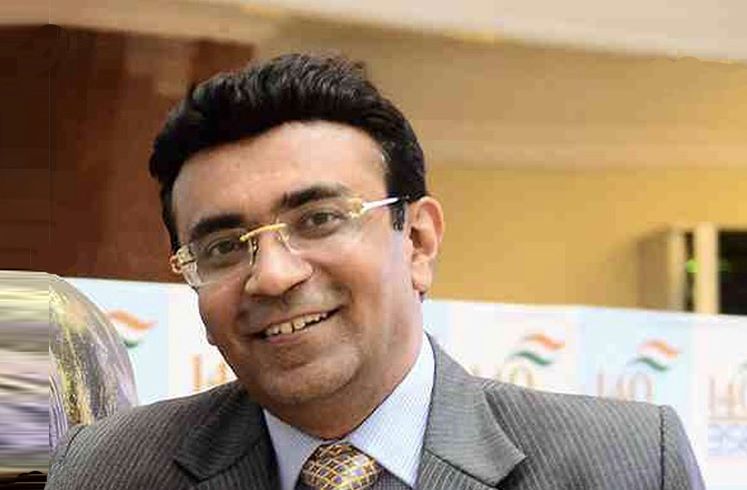
In the eye of an economic debacle that saw the implosion of the country’s stability, the apparel sector in Sri Lanka held its ground, closing the year 2022 with a 22 per cent growth in exports compared to the disastrous scenario in 2021. However, as expected, local sales have been low and retailers and manufacturers are seeing inventory stock piling. As per the country’s Joint Apparel Association Forum (JAAF), the first half of 2023 will be subdued as a controversy over the government’s plans of withdrawal of Gazette No 2041/10 of Licensing of Shipping Agents Act that protects importers and exporters from anti-competitive practices. JAAF is against this withdrawal and dissuading the government from going forward with the plan. Meanwhile the apparel segment revenue is projected to reach $424.50 million in 2023 and with an annual growth 15.30 per cent between 2023 and 2027. This will result in a projected market volume of $750.20 million by 2027.
Need to protect the sector
The government should not be influenced by a select few service providers who enjoy good relationship with the present authorities and not withdraw any market-friendly legislation that protects the apparel exporters’ interests in these fragile economic times, opine experts. In the long run, such random decisions would cause severe damage to the apparel sector.
The withdrawal of Gazette Notification No 2041/10 dated 17th October 2017 will result in the Minister of Ports abandoning his regulatory duties, such as protecting free-market competition and axing the cardinal principles of shipping where no price fixing is permitted; leading to increased costs of imports and adding to inflationary pressures. Additionally, Ministers should not have the power to punitively fix charges on transactions between private parties. The Minister must be an impartial regulator to protect the weaker party in the absence of equal bargaining power. Instead, the government has been advised to seek out as many FTAs as possible in the quickest manner.
Experts feel the only way to stay afloat is to ensure penetrating high-value markets with FTAs. The government has also been advised to help keep manufacturing costs down through incentives so Sri Lanka can continue to be competitive. For this reason, experts have advised the removal of bureaucratic red-tapeism and ease methods of doing business.
JAAF is rightfully concerned about the withdrawal of legislations that were a safety net for apparel exporters. They have raised concerns over apparent plans to end a regulation on shipping fees which they say protected them from wrongful charges from service providers. The original regulation was issued on the basis that the cost of carriage of containers from origin to destination must be identified as all-inclusive freight without dividing them into land costs and freight components, the service provider can only recover costs incurred from the use of the service to whom the service was provided, and not from a third party, with no such contractual liability and goods that landed at port could only indicate ‘Freight Pre-Paid’ or ‘Freight Collect’.
An increase in fabric imports from India
Meanwhile, the island nation saw an increase in fabric imports from India. While it may be attributed to the nation being grateful to India for its timely support during the worst days of the economic crisis, import of Indian fabrics increased almost 50 per cent. Sri Lanka’s fabric imports from India increased to $565.848 million in 2021 from $374.214 million in 2017, reveals a market study. Fabric imports from China to Sri Lanka were at $888.772 million in 2017 which increased to $897.101 million in 2021. In the first 11 months of 2022, Sri Lanka’s fabric imports stood at $2 .141 billion. China and India were the top suppliers with total contribution of more than 64 per cent. China’s import share was 38.73 per cent, while India’s share was 26.01 per cent of the total.










